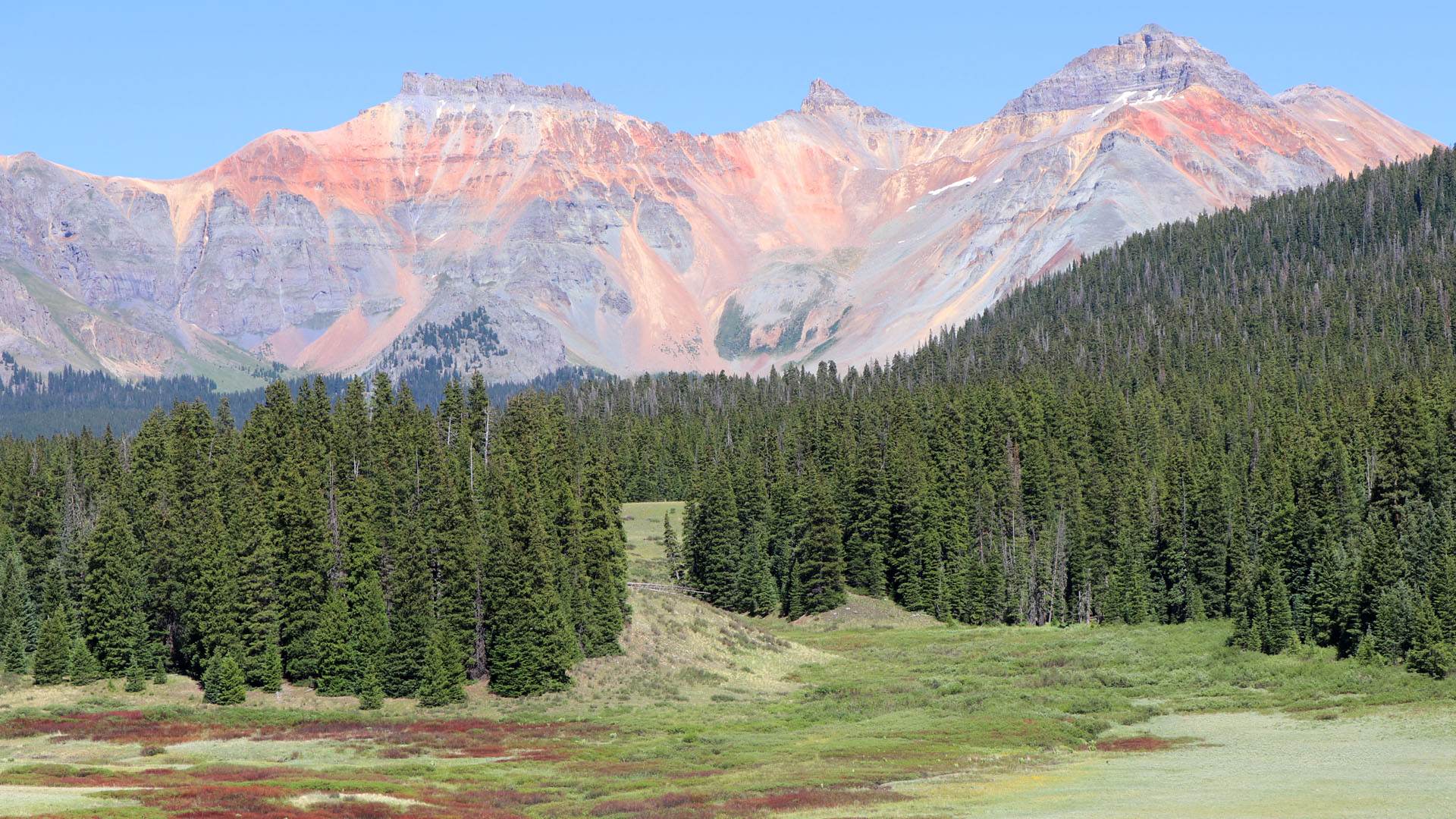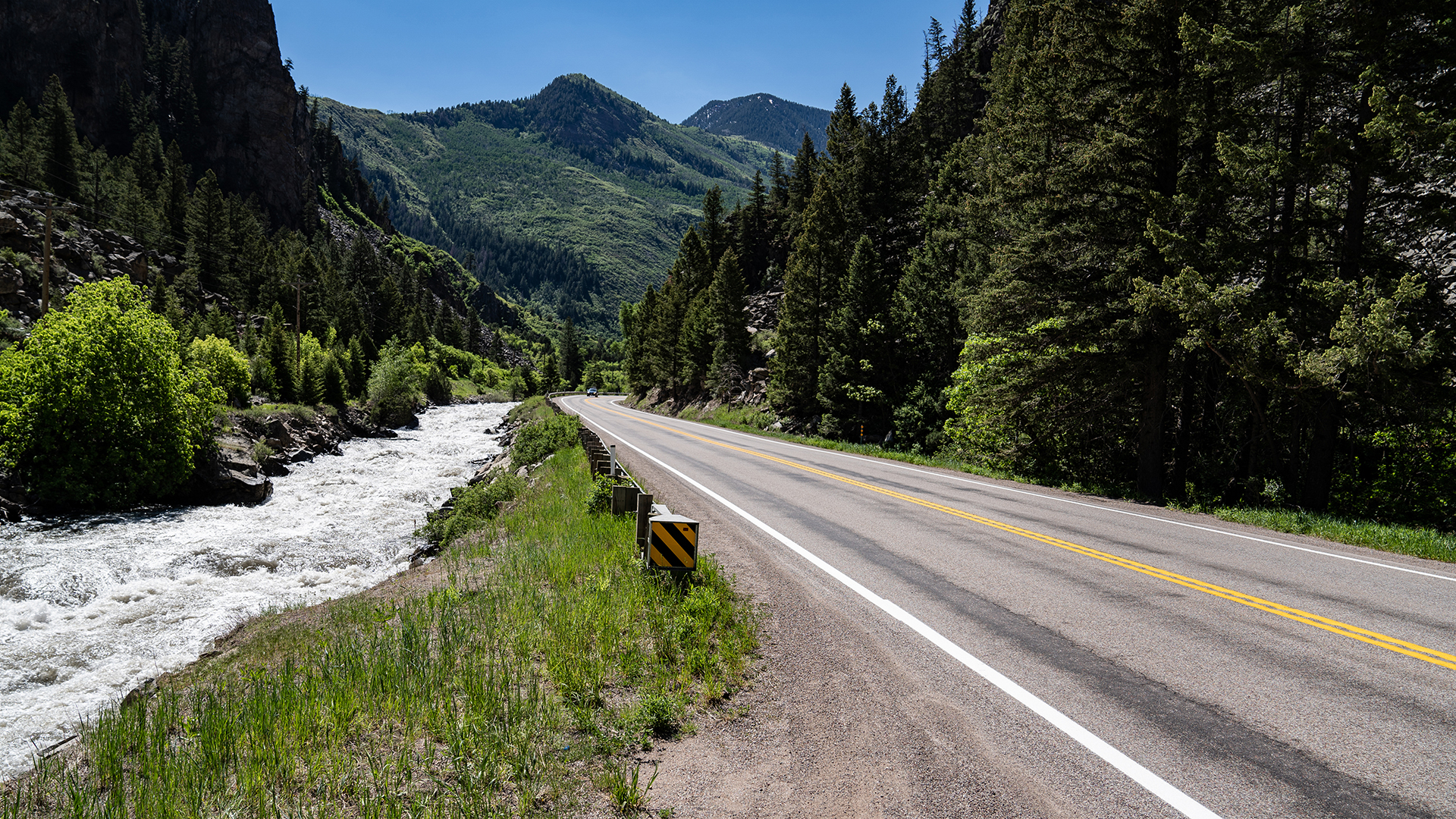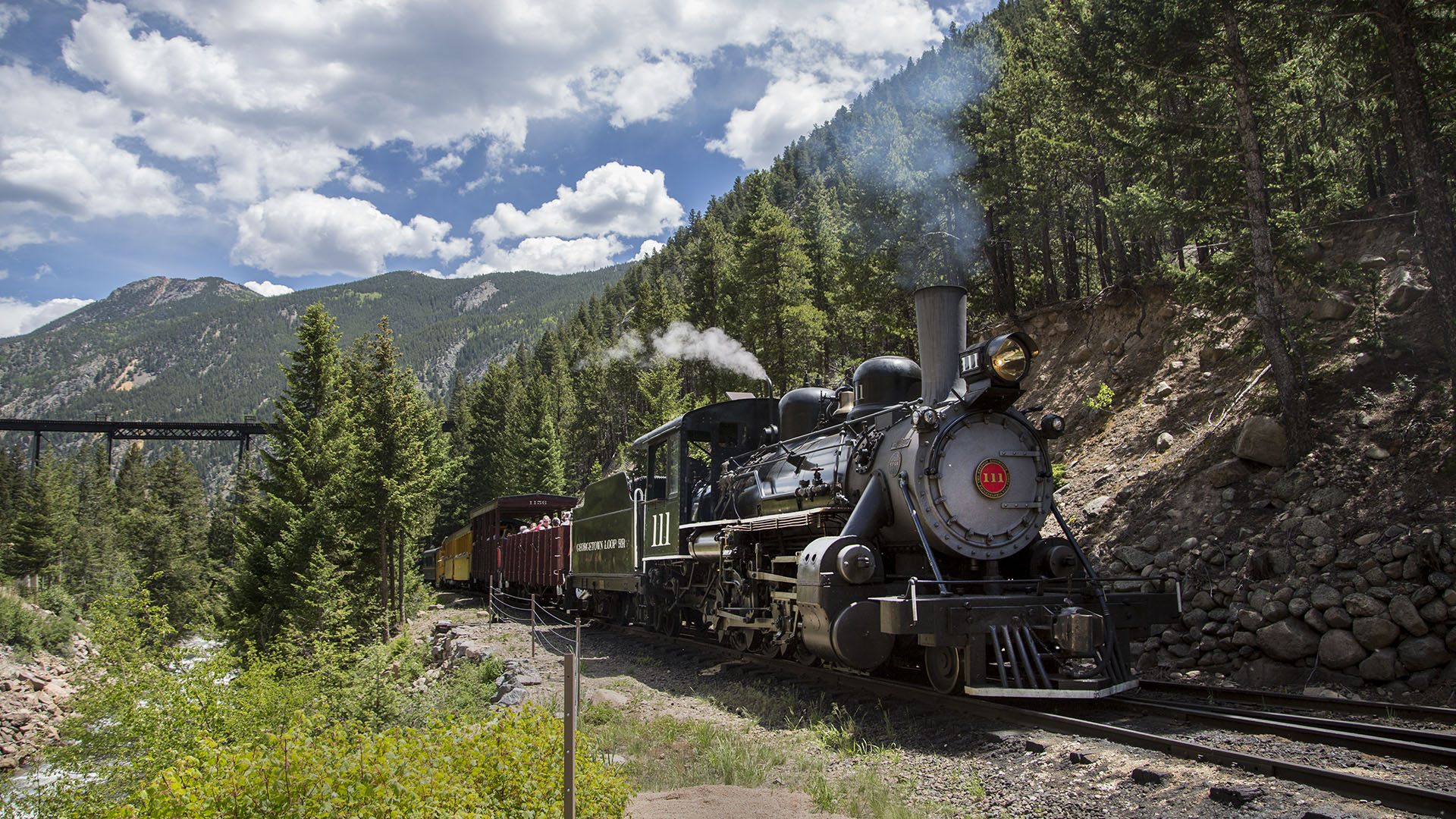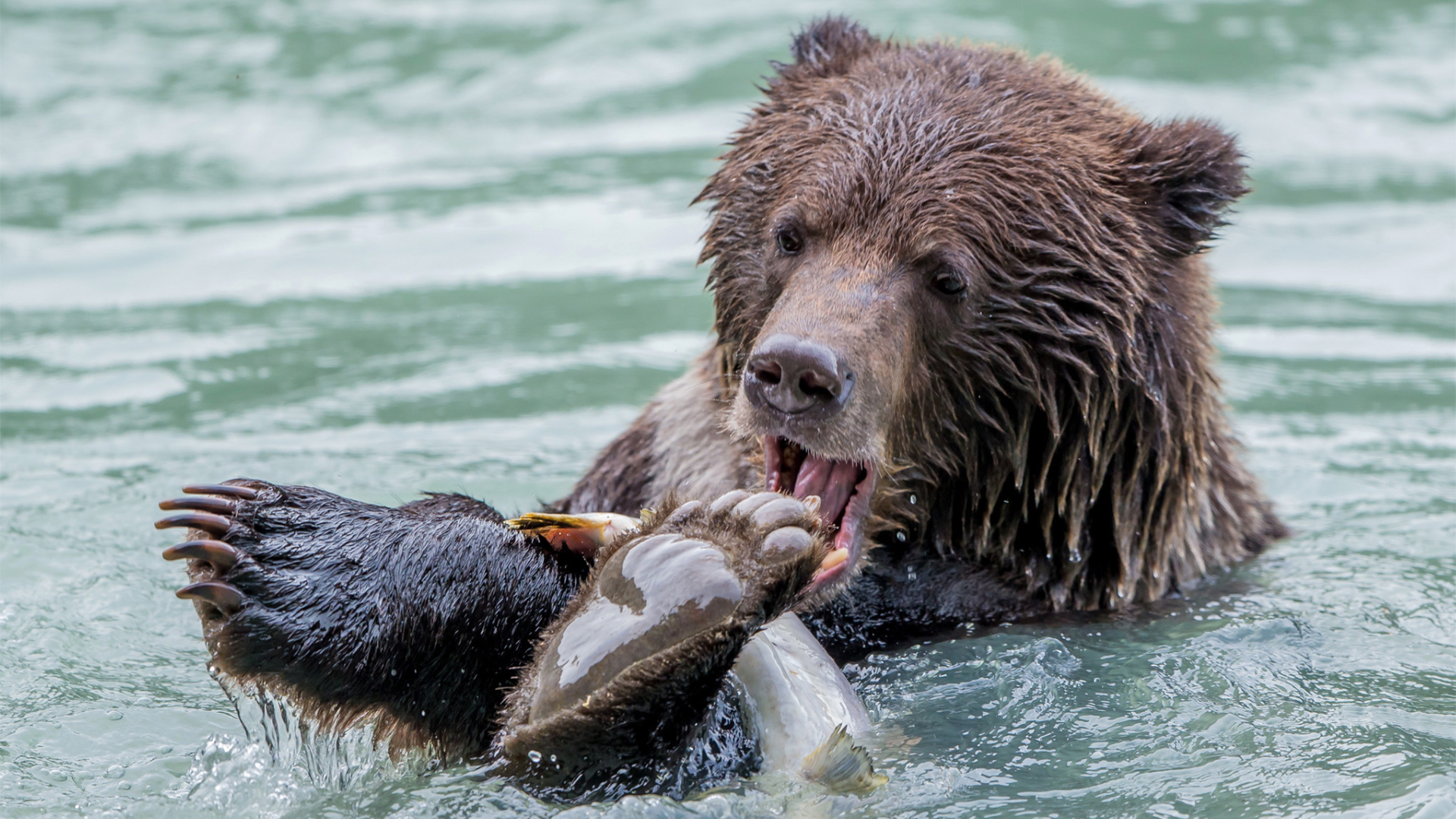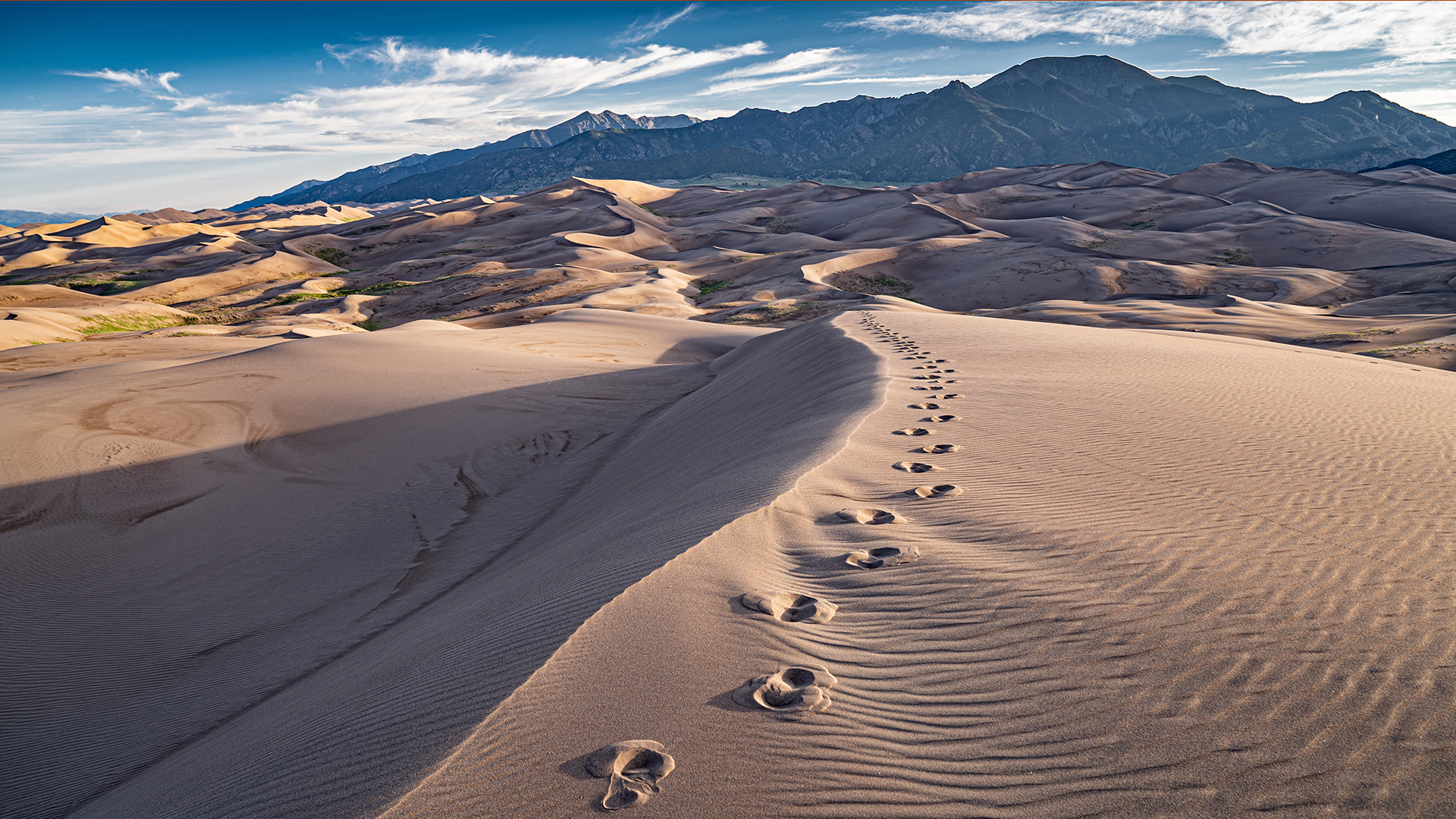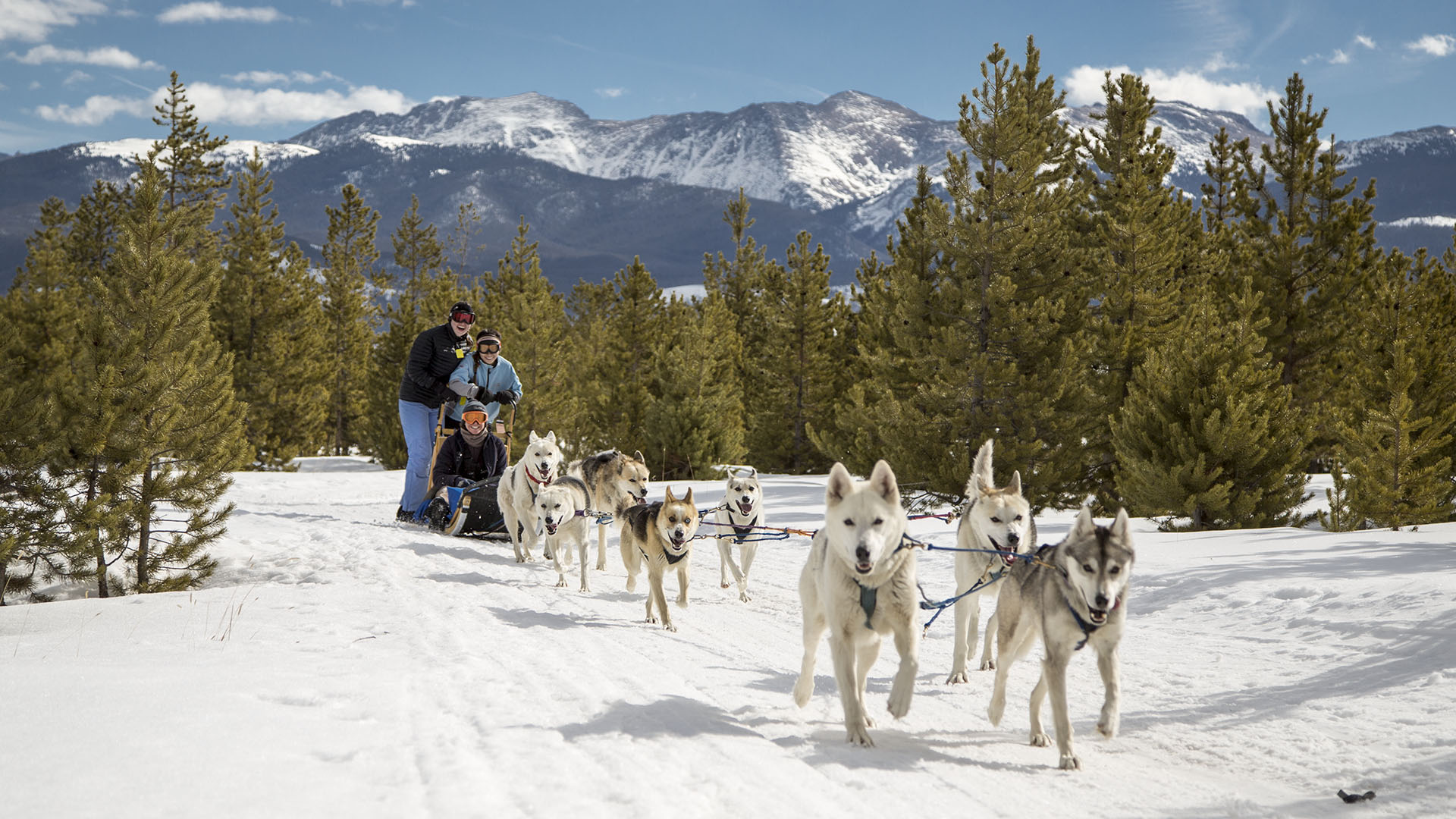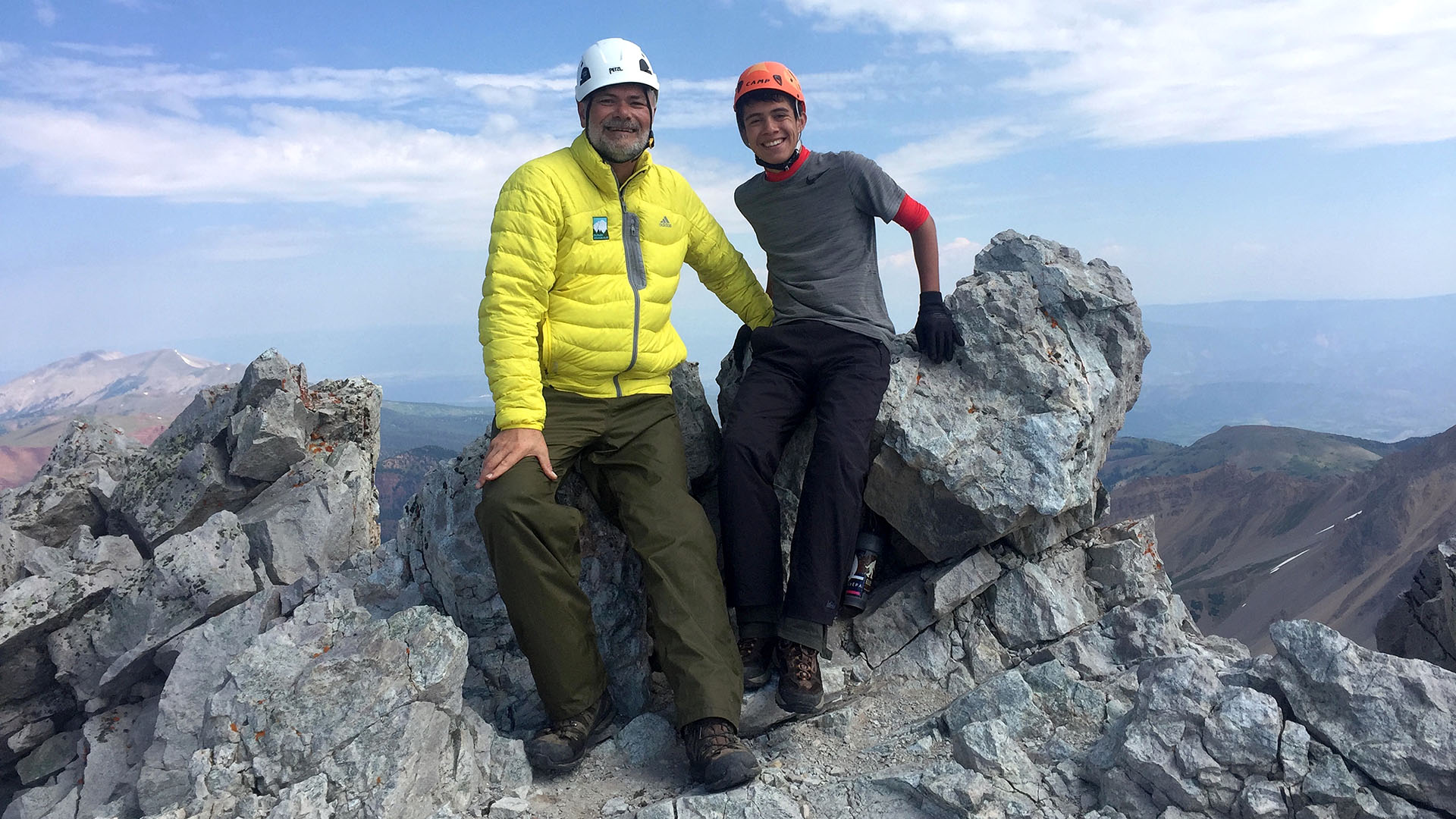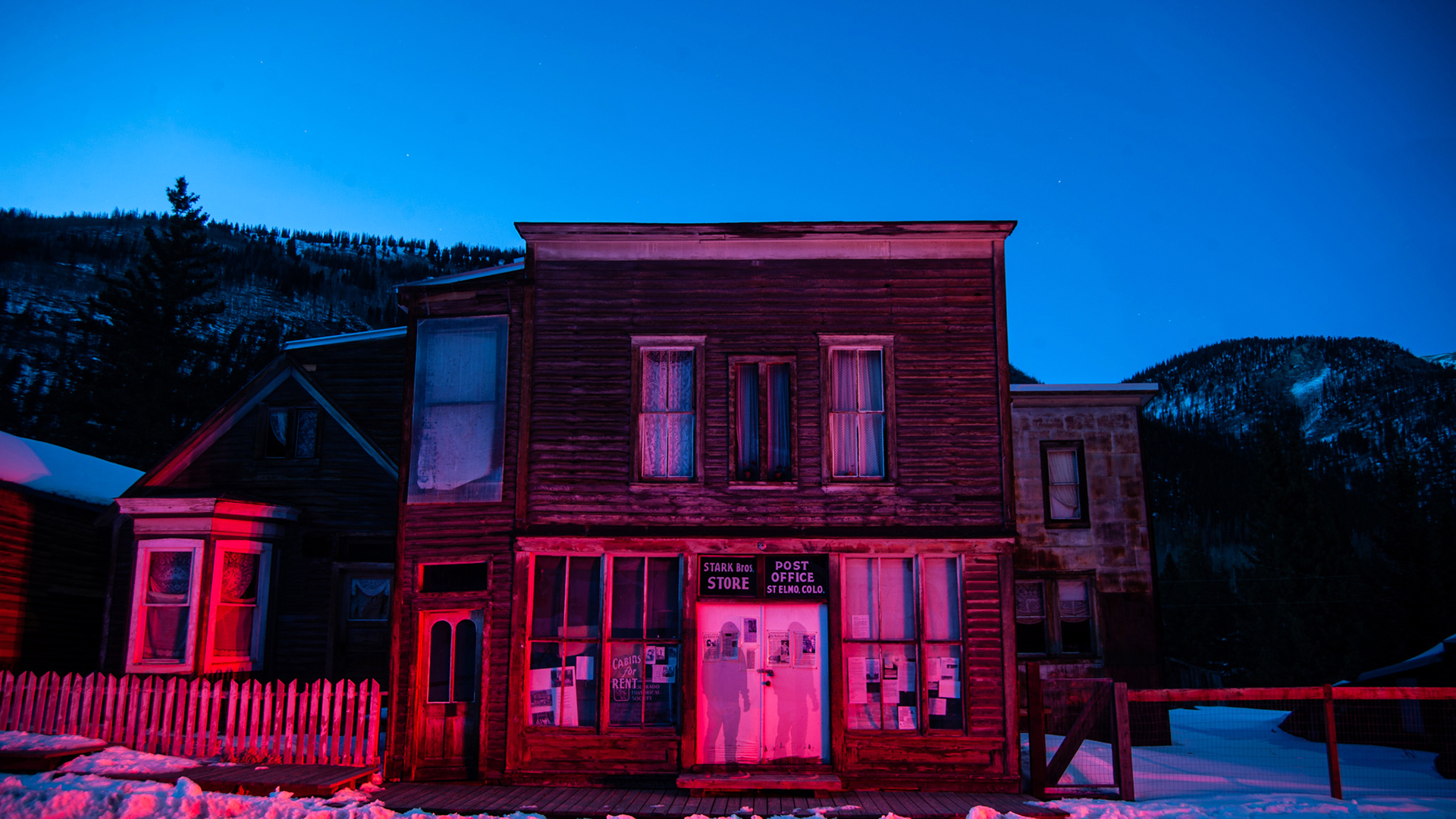Five Memorable Colorado Fourteeners
Story by Connie Gelb Otteman; photos by Shawn Otteman and Brad Clement
Connie is a freelance writer, photographer and English teacher based in Washington, D.C. Brad is an adventure videographer based in Colorado.
A devoted hiker shares his favorite Colorado climbs and explains why each one is special.
When my husband, Scott Otteman, was a boy, he spent summers climbing Colorado’s 14,000-foot peaks with his family. He finished climbing all 58 of them by the time he was 42 with help from friends and family. But after Scott became a father, he felt the lure of the mountains again and was determined to re-climb all the fourteeners with our son, Daniel, who embraced the adventure. It took them 11 summers to fulfill their quest. Fourteener hikes share a rhythm of pre-dawn departures, rough roads, steep thin-air climbing and exposure to Colorado’s wild beauty. Summiting fourteeners safely requires planning, perseverance, fitness and the common sense to know when to turn back in the face of nasty weather conditions, altitude sickness or dangerous terrain.
Fourteeners are spread out among seven mountain ranges throughout the state. Beginners should start with “easy” peaks before tackling the more difficult Class 4 mountains. Anyone interested in climbing fourteeners should check out the routes, maps and trip reports on 14ers.com and www.cmc.org, the website of the Colorado Mountain Club.
Mount Bierstadt (Front Range, 14,060 feet)
Named for the 19th century landscape artist Albert Bierstadt, this peak is one of the most picturesque fourteeners and is considered a “walk-up” suitable for novice climbers and families. About two hours west of Denver by car, the climb starts out in the largest willow bog in Colorado. The U.S. Forest Service recently built a boardwalk through the willow bog to protect this ecologically fragile area. After weaving through the willows for a half-mile, hikers must cross Scott Gomer Creek to pick up the trail. Depending on the time of year, and the level of snow melt, hiking poles come in handy for the swift stream crossings. Daniel easily summited Bierstadt when he was 7, his third fourteener.
Longs Peak (Front Range, 14,255 feet)
Scott climbed Longs Peak, his first fourteener, with his father in 1970 when he was 10. Longs is legendary for its 14-mile round-trip distance, 5,000 feet of elevation gain and “exposure,” i.e. dangerous drop-offs. While some hikers take two days to climb this peak, Scott’s first foray took 12 hours from the base to the distinctive, flat summit and back to the trailhead. Longs includes difficult “Class 3” scrambling and is not recommended for beginners. When Scott re-climbed Longs with Daniel in 2012, they started at 3:40 a.m. via the “easy” Keyhole route, summited by 10 a.m. and returned to the trailhead by 4 p.m. Our son remembers the peak’s scary ledges as being “cool,” but he was so exhausted that he napped at the summit, and my husband had to carry his pack all the way down.
Uncompahgre Peak (San Juan Range, 14,309 feet)
The highest peak in the San Juan Mountains near Telluride, Uncompahgre dominates Colorado’s southwest skyline. This peak and the surrounding Matterhorn Basin possess a bucolic, European feel, with colorful, alpine meadows. Uncompahgre is Ute for “red water spring,” reflecting the area’s geo-thermal activity. Considered an easy “walk up” on its southern approach, the northern side consists of a sheer rock cliff. Accessed through Lake City, this hike entails a bumpy, 4-mile Jeep trip to the trailhead. “Our group climbed with a strong, fast pace, summiting in three hours,” my husband wrote in his climbing log. “We saw a rainbow, lots of marmots, pica and deer on the descent.”
Capitol Peak (Elk Range, 14,130 feet)
Only experienced mountaineers should attempt Capitol Peak in west-central Colorado. With its notorious 100-foot knife edge, Capitol is considered one of the most challenging fourteeners. The peak is perfect for good climbers who seek a physical – and mental – challenge. “We traversed multiple snowfields and endured a bitter, pelting snowstorm just before the knife edge,” my husband wrote. Fortunately, the nasty weather cleared, and the group was able to traverse the ridge and summit safely. The 12-hour round-trip climb featured glissades down snowfields on the descent. Climbers frequently hike in and camp at Capitol Lake, where anglers can find native trout. It’s a rigorous 6-mile backpack from the lake back down to the road.
Mount Wilson (San Juan Range, 14,246 feet)
After 11 years, Scott and Daniel completed their father-son goal of climbing all 58 of Colorado’s fourteeners with a successful summit of this Class 4 peak in 2017. A vicious, mid-morning snowstorm made them turn back on their first attempt in 2016. During the 2017 trip, Daniel and his cousins were well ahead of my middle-aged husband and his brother throughout the grueling climb. A hailstorm pelted and soaked the group on the way down, but they were dried out by the time they made it to the car. Many climbers hike in 5 miles and camp at Navajo Lake to get a pre-dawn start in order to beat the storms. Difficult peaks like Mount Wilson require helmets and ice axes, and should only be attempted by experienced climbers.
Related
Read more stories about Colorado.









